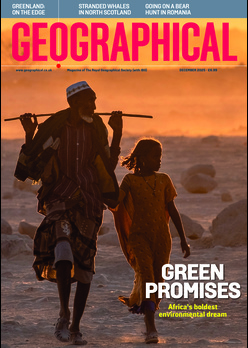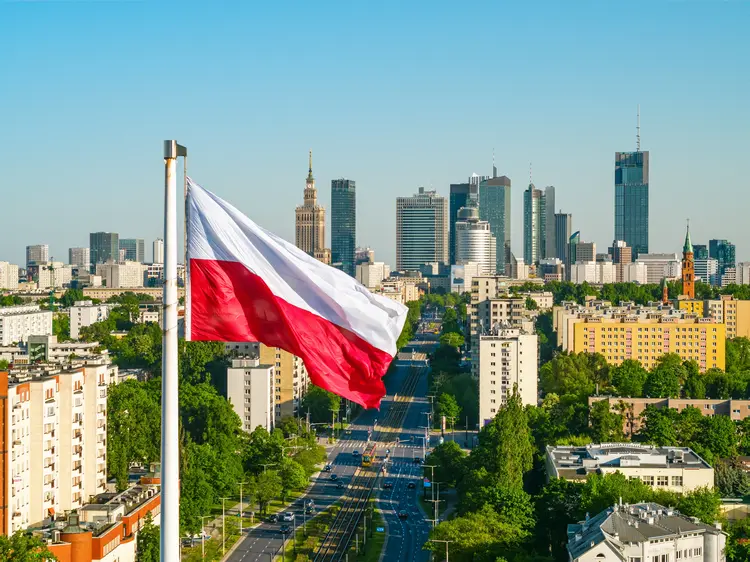
Discover more about the four nations who are successfully returning to democracy, and how exactly their governments have done so
By
For countries, democracy is often a pivotal cornerstone for stability, security – and above all, success. In a survey conducted by Council of Europe, 80 per cent of respondents said that autocratic countries have a higher risk of war. Similarly, 59 per cent of respondents believed citizen participation can contribute to peaceful societies, while 53 per cent considered it crucial.
Some nations may have turned the tide on an autocratic past in recent years, with measures taken and new governments put in place to reverse the ill-effects of an autocratic regime.
Here we reveal the four countries doing exactly that, according to data from Our World in Data.
Brazil
Although Brazil was a democracy between 1945 to 1964, universal suffrage was only brought to the nation in 1988. Prior to this, 25 per cent of all adults – mostly poor individuals – were barred from voting.
Following universal suffrage, turnout among the voting-age population rocketed – between the previous presidential election of 1960, and that of 1989, turnout rose by 46 percentage points. Almost 80 per cent of Brazilian voters cast a ballot.
Enjoying this article? Check out our related reads:
Between 1997 and 2011, Brazil’s Gini index – a measurement of how uneven income is distributed in a society – fell year-on-year, as well as the share of the population living below the poverty line. As well as this, wage inequality also fell around the same period. Re-democratisation also led to the concentration of income among the richest one per cent falling.
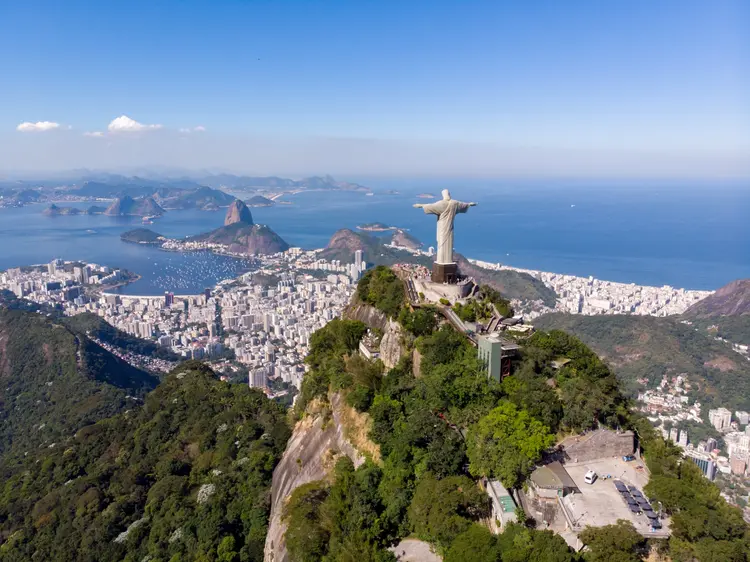
In 2003, President Lula da Silva took power, boosting cash benefits and the education fund. Lula da Silva also increased the national minimum wage and introduced other important social initiatives.
Despite these major leaps, Brazil’s Gini index in 2022 was around the same as it was in 2014. Levels of extreme poverty also remained relatively unchanged. As such, researchers have coined the 2010s as a ‘lost decade’ for Brazil in terms of reducing inequality and poverty. From a multi-billion dollar corruption scandal concerning all main political parties, to the country’s longest-ever recession between 2014 and 2017, Brazil certainly faced a tumultuous decade.
Following Lula da Silva’s return to power in 2023, many media, civil society and political freedoms have been restored. For example, the nation’s media landscape has improved since Lula’s government halted Bolsonaro’s practice of threatening Brazilian journalists.
Poland
After a period of severe backsliding under the previous Law and Justice party, Poland is making a slow but steady turn towards democracy.
Prior to this, the party was in power between 2015 and 2023, capturing Poland’s democratic institutions and appointing its allies in key positions. Much of this capture was accomplished unlawfully, and at times violated Poland’s own constitution.
To intimidate critics, the party launched numerous lawsuits against media outlets. At one point, Gazeta Wyborcza (a Polish newspaper) faced 90 lawsuits. Such attacks led to numerous cases being lodged against Poland at European courts.
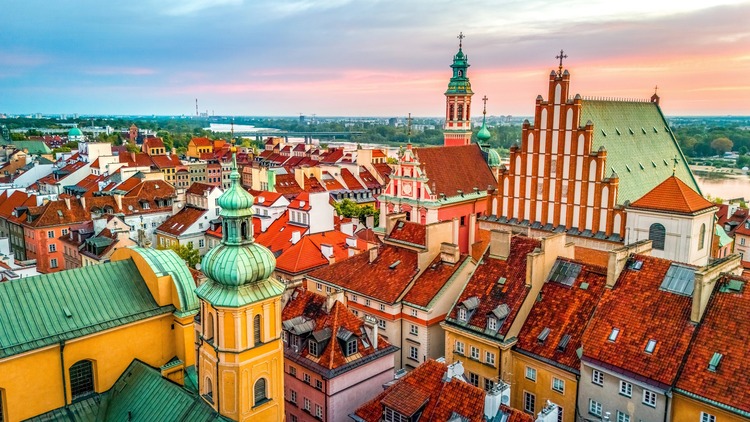
The party was also responsible for starting illegal logging in Białowieża, one of Europe’s last primeval forests and a national park. These activities prompted serious concern and resistance from environmental organisations and citizens before being successfully petitioned against. As well as this, a ruling from the previous government seriously limited access to legal abortion, sparking the largest street demonstrations in Poland since 1989. More than 430,000 protestors took to the streets.
Numerous judgements concluded the government had violated European laws, as well as breaching international democracy standards.
The 2023 election saw the opposition coalition led by Donald Tusk – a party aligning with centrist and left-leaning groups – winning and taking control. Voter turnout surged to around 74 per cent – the highest since 1989 – with high voter turnout among young voters between the ages of 18 and 29. The new party shifted to lead with a more democratic means, and pledged to reassign judges – whose independence had been questioned – appointed by the Law and Justice party.
Previously, the Law and Justice party used state television as a propaganda tool. Conversely, the opposition government has now moved to dissolve the governing boards of public broadcasters and reinstated neutral editorial oversight.
As well as these steps, Poland is now actively re-engaging with EU institutions, implementing changes requested by the European Commission to access €35 billion in COVID recovery funds that were previously frozen.
Thailand
Following a 2014 military coup, Thailand’s democracy ratings have seen incremental recovery.
The 2023 general election offered hope for a more democratic future – a record turnout of 75 per cent was recorded, with strong preference for the Move Forward Party alongside a coalition. Yet the party was swiftly blocked from forming a government due to military-appointed senators. Since the decision to block the Move Forward party’s formation, more than 44 MPs from the party have faced lifetime bans.
In addition, a new PM was suspended by the Constitutional Court last month over a leaked phone call, a move widely viewed as a means to block opposition momentum.

Within the nation, growing unrest has resurged with protesters demanding an end to military influence and greater respect for electoral outcomes. Due to the current situation, analysts from Nation Thailand have noted plummeting public confidence in democratic institutions, despite small steps of progress being made such as a political amnesty bill that would pardon activists and protest-related offences going back to 2025, as well as a ethnic protection bill to address the marginalisation of Thailand’s Indigenous groups.
Ultimately, Thailand is a complex example of a nation undergoing democratic changes while simultaneously tackling deep-rooted autocratic ideologies.
Zambia
Between 2011 and 2021, Zambia experienced gradual democratic erosion, with opposition parties facing restrictions alongside civil society and media. By the 2021 election, many analysts viewed the nation as an ‘electoral autocracy’, where elections occurred but democratic norms were weakening.
Following President Hichilema’s victory in 2021, Zambia began to shed its former label, with the V-Dem institute recognising the nation as an ‘electoral democracy’ by 2024.
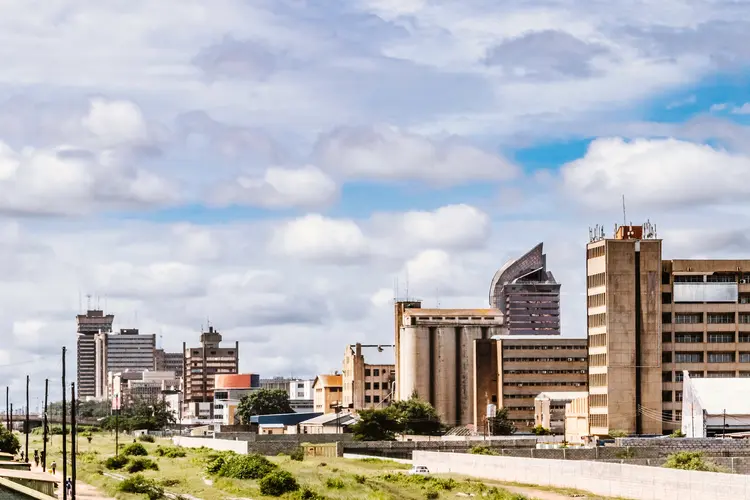
The new administration within Zambia launched a series of institutional reforms to return to democracy. For example, it has boosted media freedom practices. Now, more than 100 radio stations and 50 TV channels broadcast to the public, helping to open civic and political discourse.
Additionally, the nation has enacted the Access to Information Act, allowing freely available public information to be disseminated. Civil society organisations are also collaborating in new coalitions and initiatives, supporting advocacy and inclusive governance across Zambia’s provinces.
Investigations were re-opened into high-profile corruption cases, including a case of a former foreign minister resigning following a video of cash counting. New leadership has also been appointed for both the Anti-Corruption Commission (ACC) and Human Rights Commission, including female leads.
Proposals are underway within the nation to bolster electoral structures and strengthen the independence of the electoral commission.

